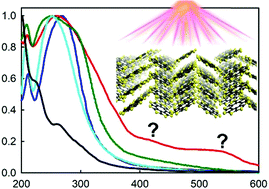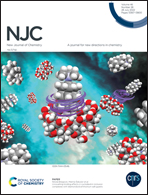Electronic and optical properties of C16S8 and C16S4Se4 molecules and crystals
Abstract
Hetero[8]circulenes have been proposed as promising fluorescent emitters for organic light-emitting diodes and as emerging materials in the construction of organic solar cells. Among them, octathio[8]circulene (C16S8) and its derivative tetrathiotetraseleno[8]circulene (C16S4Se4) crystals have been highlighted as efficient charge transport materials in field-effect devices. Using density functional theory, we investigate in this paper the electronic and optical properties of the C16S8 and C16S4Se4 molecules and crystals in order to revise previously reported controversial experimental data and report highly reproducible new results. We find that formation of the crystals results in a significant band gap decrease (∼0.6–0.7 eV) caused by relatively strong intermolecular interactions. A partial replacement of S atoms with Se atoms also leads to a small band gap reduction. The C16S8 crystal demonstrates a band gap of 3.32 eV, while a band gap of 3.20 eV is found for C16S4Se4. Both C16S8 and C16S4Se4 compounds are optically transparent in the visible region, confirming the absence of red coloration reported previously in one of experimental papers. The C16S8 and C16S4Se4 crystals demonstrate anisotropic electronic, mechanical and optical properties. These findings might initiate future experimental studies of the red color origin for C16S8 and provide insight for the design and engineering of C16S8 and C16S4Se4 based charge transport and optical devices.



 Please wait while we load your content...
Please wait while we load your content...